Stories Category: Intensive Care
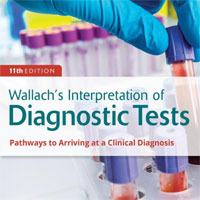
Wallach’s Interpretation of Diagnostic Tests
An excellent resource for appropriate test ordering and interpretation, Wallach's Interpretation of Diagnostic Tests, 11th Edition, helps you save time, avoid errors, and arrive at an accurate diagnosis. Organized into two... read more

The Pooled Prevalence of Pulmonary Embolism in Patients with COVID-19
It is needed to pay more attention to the relatively high prevalence of pulmonary embolism (PE) in COVID-19 patients, especially in ICU wards. Future studies that will explore the detection method considering high infectivity... read more
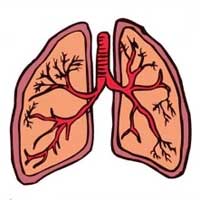
How Severe COVID-19 Infection is Changing ARDS Management
The COVID-19 pandemic has provided many intensivists (and some non-intensivists) several years' worth of severe ARDS management experience over the course of just a few months. While the challenges have, in places, been extreme,... read more
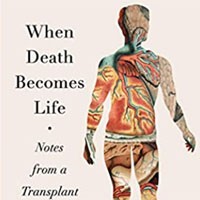
When Death Becomes Life: Notes from a Transplant Surgeon
A gifted surgeon illuminates one of the most profound, awe-inspiring, and deeply affecting achievements of modern day medicine—the movement of organs between bodies—in this exceptional work of death and life that takes... read more
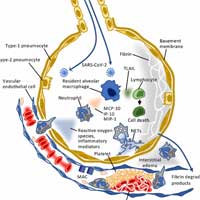
Coagulopathy of COVID-19
Severe acute respiratory syndrome coronavirus 2/coronavirus disease 2019 frequently induces hypercoagulability with both microangiopathy and local thrombus formation, and a systemic coagulation defect that leads to large... read more

ECMO During the Coronavirus Disease 2019 Pandemic
In the midst of the 2009 influenza A H1N1 pandemic, clinicians turned to extracorporeal membrane oxygenation (ECMO) as a strategy to save lives. Based on the H1N1 experience, and the ECMO to Rescue Lung Injury in Severe... read more
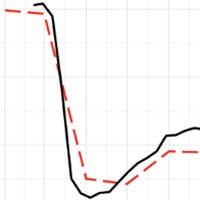
Pulse Wave Analysis to Estimate Cardiac Output
Cardiac output (CO)–guided therapy is a promising approach to hemodynamic management in high-risk patients having major surgery and in critically ill patients with circulatory shock. Pulmonary artery thermodilution remains... read more
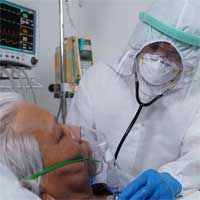
Outcomes of COVID-19 Patients Admitted to Australian ICUs During Early Pandemic Phase
During the early phase of the pandemic in Australia, patients admitted to ICU with COVID-19 had lower mortality and longer length of stay than reported from other regions. These findings reinforce the importance of ensuring... read more
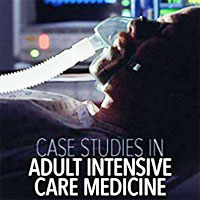
Case Studies in Adult Intensive Care Medicine
Guiding FFICM and EDIC exam candidates through the intensive care medicine curriculum, this book provides 48 case studies mapped to eight key areas of study in the UK and European syllabuses. Cases include clinical vignettes,... read more
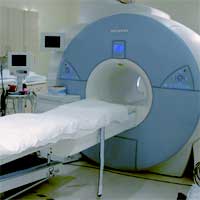
Letter Warns Against Clinical Role for Cardiac MRI in Asymptomatic COVID Patients
We are a group of clinicians, researchers and imaging specialists writing in response to recent publications and media coverage about myocarditis after COVID-19. We work in different areas such as public health, internal... read more
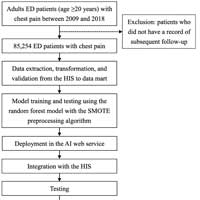
Real-time AI prediction for major adverse cardiac events in emergency department patients with chest pain
An artificial intelligence (AI) real-time prediction model is a promising method for assisting physicians in predicting major adverse cardiac events (MACE) in ED patients with chest pain. Further studies to evaluate the impact... read more
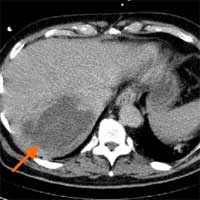
Shedding Light on a Hidden Source of Septic Shock with POCUS
Septic shock has a high mortality rate, estimated to be higher than 40% [1], increasing as time passes without appropriate treatment. Hence, correct diagnosis of the cause of sepsis is essential to provide correct antibiotic... read more
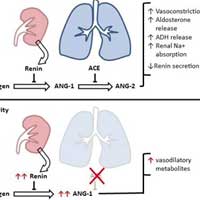
Angiotensin II in Post Cardiopulmonary Bypass Vasoplegia
Post cardiopulmonary bypass vasoplegia is common, and associated with poor outcomes. Traditional management strategies involving escalating doses of catecholamines, vasopressin and adjuncts such as methylene blue and hydroxycobalamin... read more
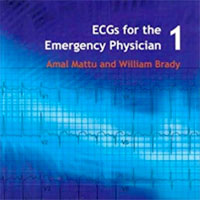
ECG’s for the Emergency Physician 1
With over 200 traces to test your knowledge, this book is a first class learning tool for emergency physicians. Basic student-level knowledge of ECGs is assumed, so the reader can move directly to learning about the more... read more

Quality of Life of Intensive Care Unit-Acquired Weakness Symptoms in Long-Term Intensive Care Survivors
Intensive care unit-acquired weakness (ICUAW) symptoms were disturbingly common in the majority of long-term survivors, indicating that symptoms persist up to 10y and frequently impair QoL. However, only a small number of... read more

Sepsis and the Obesity Paradox: Size Matters in More Than One Way
Our retrospective analysis suggests that although patient size (i.e., body mass index) is a predictor of in-hospital death among all-comers with sepsis—providing further evidence to the obesity paradox—it adds that illness... read more
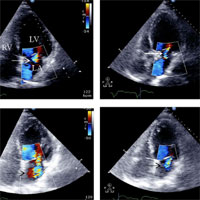
LV Overloading Identified by Critical Care Echocardiography is Key in Weaning‑induced Pulmonary Edema
Spontaneous breathing trial (SBT) failure due to WIPO appears related to overloaded LV, including the worsening or development of mitral regurgitation, associated with excessive accumulated fluid balance. SBT-induced central... read more








